What is SSAW steel pipe?
Spiral seam submerged arc welded steel pipe refers to a metal pipe with a spiral seam welded using the submerged arc welding process.
Generally used: welded into pipelines for fluid transportation, metal structures, pile foundations, etc.
Products are widely used in water supply projects, petrochemical industry, chemical industry, electric power industry, agricultural irrigation, and urban construction. They are one of the twenty key products developed in my country. For liquid transportation: water supply and drainage. For gas transportation: coal gas, steam, liquefied petroleum gas. For structural purposes: piling pipes, bridges; pipes for docks, roads, building structures, etc.
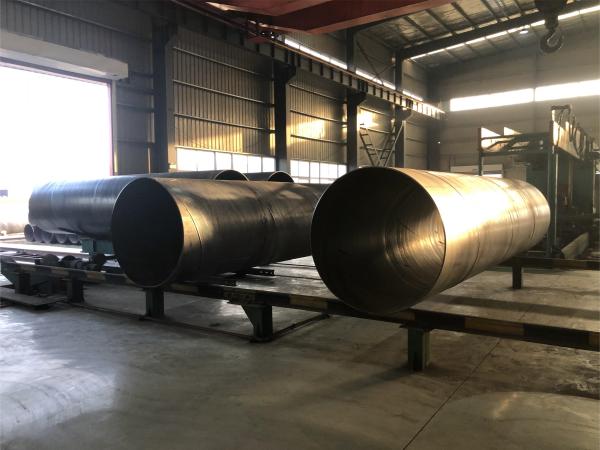
Product features of SSAW steel pipes
Welded pipes with larger diameters can be produced from narrower billets, and welded pipes with different diameters can also be produced from billets of the same width. The production cost is low, the process is simple, and large-diameter pipes are easy to produce. Large-diameter welded pipes mostly use spiral seam submerged arc welding process.
SSAW steel pipe production process
Spiral steel pipe is a spiral seam steel pipe welded by automatic double-wire double-sided submerged arc welding process using strip steel coil plate as raw material, regular temperature extrusion molding.
(1) The raw materials are steel strip coil, welding wire and flux. They must undergo strict physical and chemical inspections before being put into use.
(2) For the head-to-tail butt joint of the steel strip, single-wire or double-wire submerged arc welding is used, and automatic submerged arc welding is used for repair welding after being rolled into a steel pipe.
(3) Before forming, the strip steel undergoes leveling, trimming, planing, surface cleaning, transportation and pre-bending.
(4) Electric contact pressure gauges are used to control the pressure of the cylinders on both sides of the conveyor to ensure smooth conveying of the strip.
(5) Adopt external control or internal control roller forming.
(6) A weld gap control device is used to ensure that the weld gap meets the welding requirements. The pipe diameter, offset amount and weld gap are strictly controlled.
(7) Both internal and external welding use American Lincoln welding machines for single-wire or double-wire submerged arc welding to obtain stable welding specifications.
(8) All completed welds have been inspected by an online continuous ultrasonic automatic flaw detector, ensuring 100% non-destructive testing coverage of spiral welds. If there is a defect, it will automatically alarm and spray mark, so that production workers can adjust the process parameters at any time to eliminate defects in time.
(9) Use an air plasma cutting machine to cut the steel pipe into individual pieces.
(10) After being cut into individual steel pipes, each batch of steel pipes must undergo a strict first inspection system to check the mechanical properties, chemical composition, fusion status of the welds, the surface quality of the steel pipes, and non-destructive testing to ensure that the pipe making process is qualified. Only then can it be officially put into production.
(11) The areas with continuous sonic flaw detection marks on the welds will undergo manual ultrasonic and X-ray re-examination. If there are indeed defects, they will be repaired and then undergo non-destructive inspection again until it is confirmed that the defects have been eliminated.
(12) The steel strip butt welds and the pipes where the T-shaped joints intersect with the spiral welds are all inspected by X-ray television or film.
(13) Each steel pipe has been tested by hydrostatic pressure, and the pressure is radially sealed. The test pressure and time are strictly controlled by the steel pipe water pressure microcomputer detection device. Test parameters are automatically printed and recorded.
(14) The pipe end is machined to accurately control the end face verticality, bevel angle and blunt edge.
Process performance of SSAW steel pipe
1.Bending performance
After bending 180 degrees with the bending center diameter specified in the table, no cracks should occur on the surface of the bent part of the steel bar.
|
Trademark
|
Nominal diameter a
mm
|
Bending test
Bend center diameter
|
|
HRB335
|
6-25
28-50
|
3a
4a
|
|
HRB400
|
6-25
28-50
|
4a
5a
|
|
HRB500
|
6-25
28-50
|
6a
7a
|
2.Reverse bending performance
According to the requirements of the purchaser, the steel bars can be subjected to reverse bending performance test.
The bending center diameter of the reverse bending test is correspondingly increased by one steel bar diameter compared with the bending test. First, bend it forward at 45 degrees, then bend it in the reverse direction at 23 degrees, and then bend it in the reverse direction at 23 degrees. After the reverse bending test, no cracks shall occur on the surface of the bending part of the steel bar.
3.Surface quality
The surface of the steel bars is allowed to be free of cracks, scars and folds.
Bumps are allowed on the surface of the steel bars, but they shall not exceed the height of the transverse ribs. The depth and height of other defects on the surface of the steel bars shall not be greater than the allowable deviation of the size of the location.
4. Dimensions, appearance, weight and allowable deviations
1) Nominal diameter range and recommended diameter
The nominal diameter range of steel bars is 6~25mm, and the standard recommended nominal diameters of steel bars are 6, 8, 10, 12, 16, 20, 25, 32, 40, and 50mm.
2) Permissible deviations in surface shape and size of ribbed steel discs
Ribbed steel transverse ribs shall comply with the following basic requirements:
The angle β between the transverse rib and the axis of the steel plate should not be less than 45 degrees. When the angle is not greater than 70 degrees, the directions of the transverse ribs on the opposite sides of the steel bar should be opposite;
The distance l between transverse ribs shall not be greater than 0.7 times the nominal diameter of the steel bar;
The angle α between the side of the transverse rib and the surface of the steel bar shall not be less than 45 degrees;
The sum of the gaps between the ends of the transverse ribs on opposite sides of the steel bar (including the width of the longitudinal ribs) should not be greater than 20% of the nominal circumference of the steel bar;
When the nominal diameter of the steel bar is not greater than 12mm, the relative rib area should not be less than 0.055; when the nominal diameter is 14mm and 16mm, the relative rib area should not be less than 0.060; when the nominal diameter is greater than 16mm, the relative rib area should not be less than 0.065.
3) Length and allowable deviation
a. Length: Steel bars are usually delivered in fixed lengths, and the specific delivery length should be specified in the contract; when steel bars are delivered in coils, each coil should be one steel bar, and each batch is allowed to have 5% of the number of coils (less than There can be two plates when there are two plates) composed of two steel bars. The disc weight and disc diameter are determined by negotiation between the supply and demand parties.
b. Allowable length deviation: The allowable length deviation of steel bars when delivered to fixed length shall not be greater than +50mm.
c. Curvature and ends: The bending strain of straight steel bars does not affect normal use, and the total curvature is not greater than 40% of the total length of steel bars; the ends of steel bars should be sheared straight, and local deformation should not affect use.
Standard Classification of SSAW Steel Pipes
The spiral seam submerged arc welded steel pipe SY5036-83 for pressure-bearing fluid transportation is mainly used for pipelines transporting oil and natural gas; the spiral seam high-frequency welded steel pipe SY5038-83 for pressure-bearing fluid transportation is welded by high-frequency lap welding. Spiral seam high-frequency welded steel pipes are used for transporting pressure-bearing fluids. The steel pipes have strong pressure-bearing capacity, good plasticity, and are easy to weld and process. Generally, spiral seam submerged arc welded steel pipes SY5037-2000 are used for low-pressure fluid transport, using double-sided automatic submerged arc welding. Or submerged arc welded steel pipes made by single-sided welding for general low-pressure fluid transportation such as water, gas, air, and steam.
Commonly used standards for spiral steel pipes are generally divided into: SY/T5037-2000 (industry standard, also called spiral submerged arc welded steel pipe for ordinary fluid transportation pipelines), GB/T9711.1-1997 (national standard, also called oil and gas industry transportation steel pipe The first part of the delivery technical conditions: Grade A steel pipe (the strict requirements include GB/T9711.2 Grade B steel pipe and GB/T9711.3 Grade C steel pipe)), API-5L (American Petroleum Institute standard, also called pipeline steel pipe; among them Divided into two levels: PSL1 and PSL2), SY/T5040-92 (spiral submerged arc welded steel pipe for piles) Spiral submerged arc welded steel pipe for pressure fluid transportation (SY5036-83) is made of hot-rolled steel strip coils Blank, often warm spiral formed, welded by double-sided submerged arc welding, spiral seam steel pipe used for pressure fluid transportation. Steel pipes have strong pressure-bearing capacity and good welding performance. They have undergone various rigorous scientific inspections and tests and are safe and reliable to use. The steel pipe has a large diameter, high transportation efficiency, and can save investment in laying pipelines. Mainly used for pipelines transporting oil and natural gas.






 English
English Español
Español بالعربية
بالعربية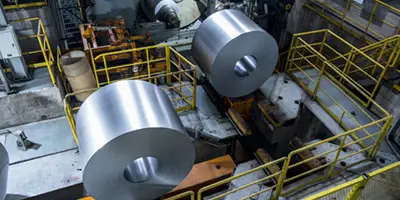
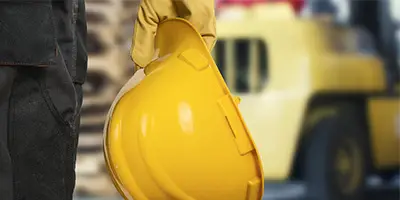
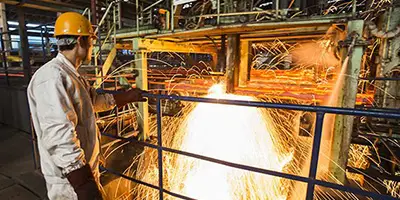
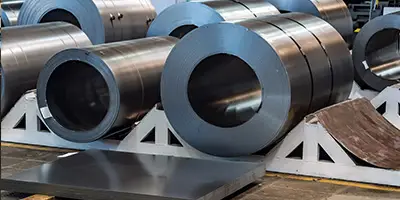

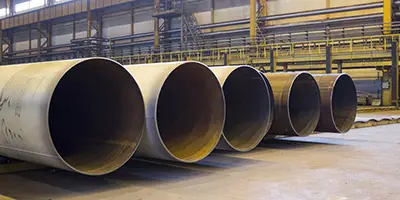
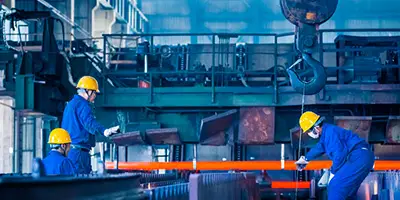
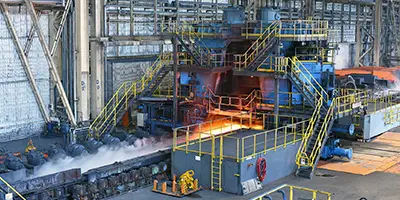
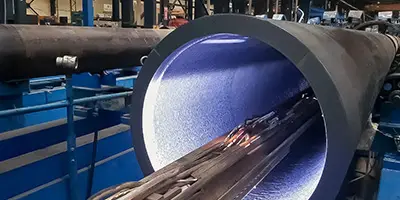
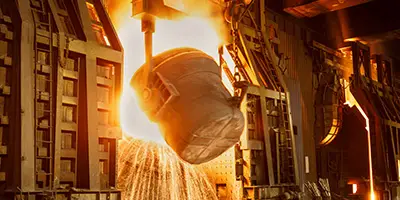
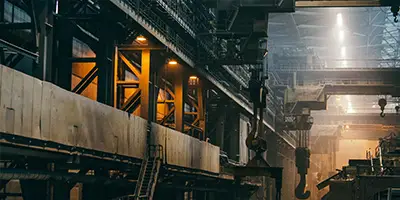

 Phone :
Phone :  Whatsapp :
Whatsapp :  Email :
Email : 


